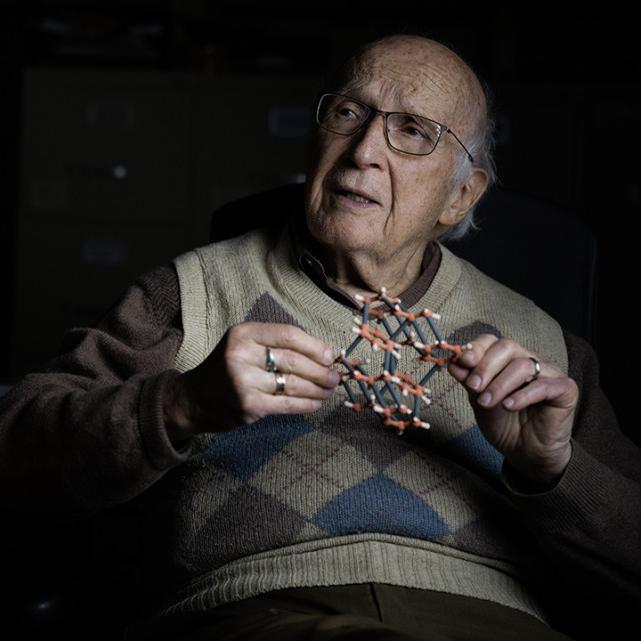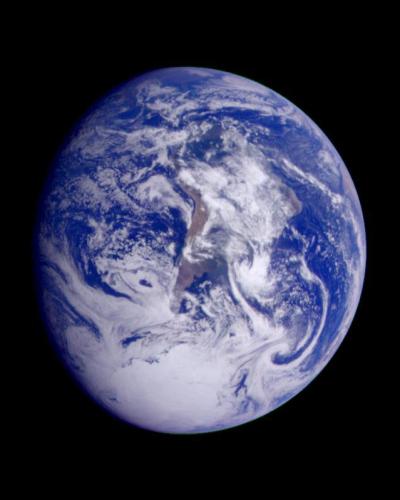It began the way many discoveries do — a tickling of curiosity in the back of someone’s mind. That someone was astronomer and communicator Carl Sagan. The thing doing the tickling was the trajectory of NASA’s Galileo spacecraft, which had launched in October 1989 and was the first to orbit Jupiter. The result was a paper in Nature 30 years ago this week that changed how scientists thought about looking for life on other planets.
The opportunity stemmed from a tragic mishap. Almost four years before Galileo’s launch, in January 1986, the space shuttle Challenger had exploded shortly after lift-off, taking seven lives with it. NASA cancelled its plans to dispatch Galileo on a speedy path to Jupiter using a liquid-fuelled rocket aboard another space shuttle. Instead, the probe was released more gently from an orbiting shuttle, with mission engineers slingshotting it around Venus and Earth so it could gain the gravitational boosts that would catapult it all the way to Jupiter.
On 8 December 1990, Galileo was due to skim past Earth, just 960 kilometres above the surface. The tickling became an itch that Sagan had to scratch. He talked NASA into pointing the spacecraft’s instruments at our planet. The resulting paper was titled ‘A search for life on Earth from the Galileo spacecraft’.
Read the full Nature Essay here





